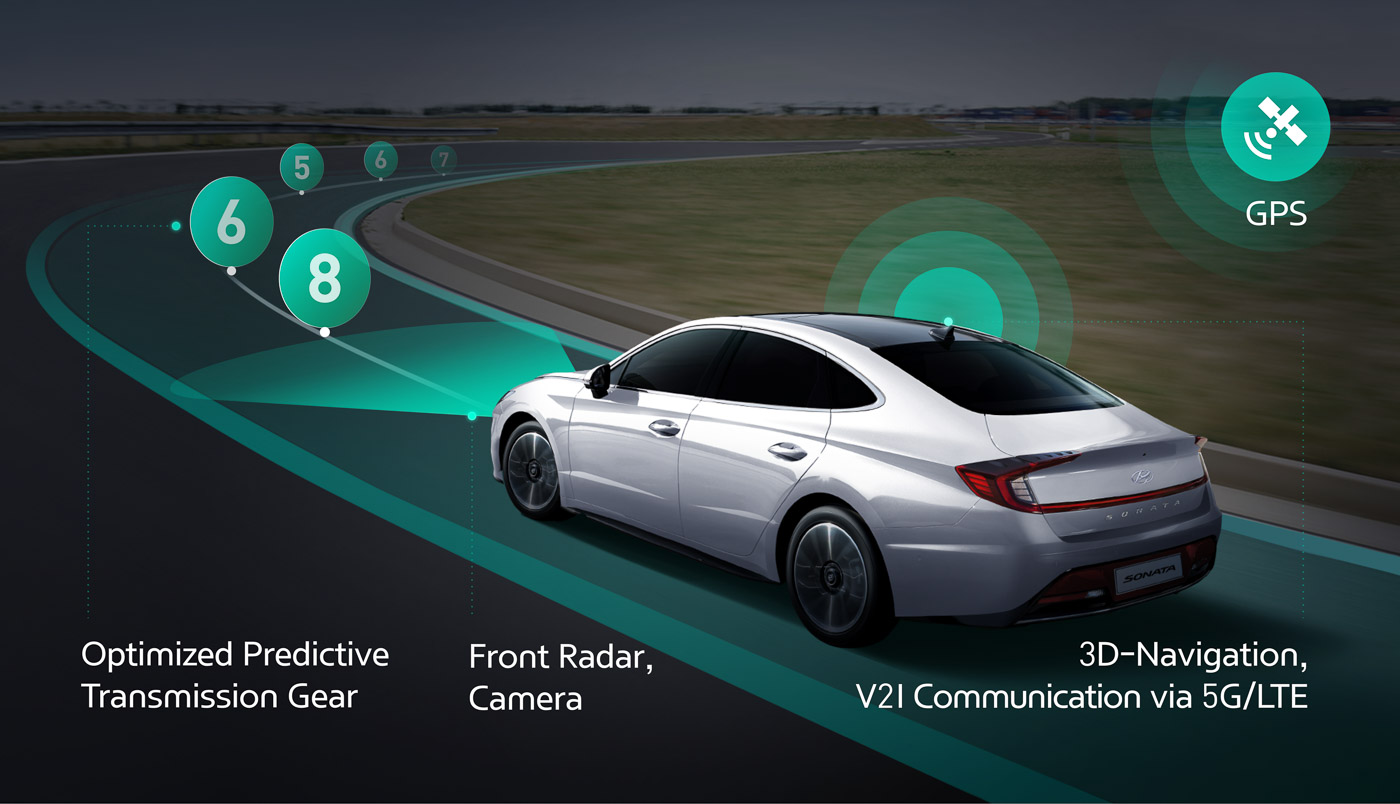Well, kind of. The system is called Information and Communication Technology (ICT) Connected Shift System, and it works by collecting information through a set of cameras and radar, along with a 3D navigation system with a precise map of the road.
The information is then sent to the Transmission Control Unit (TCU), where the artificial intelligence algorithm in the TCU predicts the optimal gear and shift control for real-time driving scenarios based on the inputs.

For example, when the vehicle detects a relatively long slow down with no speed irregularities with the car ahead, the clutch will automatically engage neutral mode to improve fuel efficiency.
When tested on a heavily curved road, the companies say that the predictive shifting technology was able to reduce frequency of shift “by approximately 43% compared to vehicles without the system”. Frequency of brake operation was also reduced by 11%, thus reducing driver fatigue.

Besides that, the system is also able to automatically switch driving modes to sports mode when merging onto a highway, and apply engine braking when the driver lifts off the accelerator pedal when it detects speed bumps, downhill slopes, as well as change in speed limit on the road.
Hyundai and Kia says that the predictive gearbox is developed in line with autonomous technology, providing improved performance of autonomous vehicles in response to real-time road and traffic information.
The companies say that they will further develop the ICT Connected Shift System to communicate with traffic lights using LTE or 5G connectivity and identify drivers’ tendencies, to further refine the shift algorithm.





